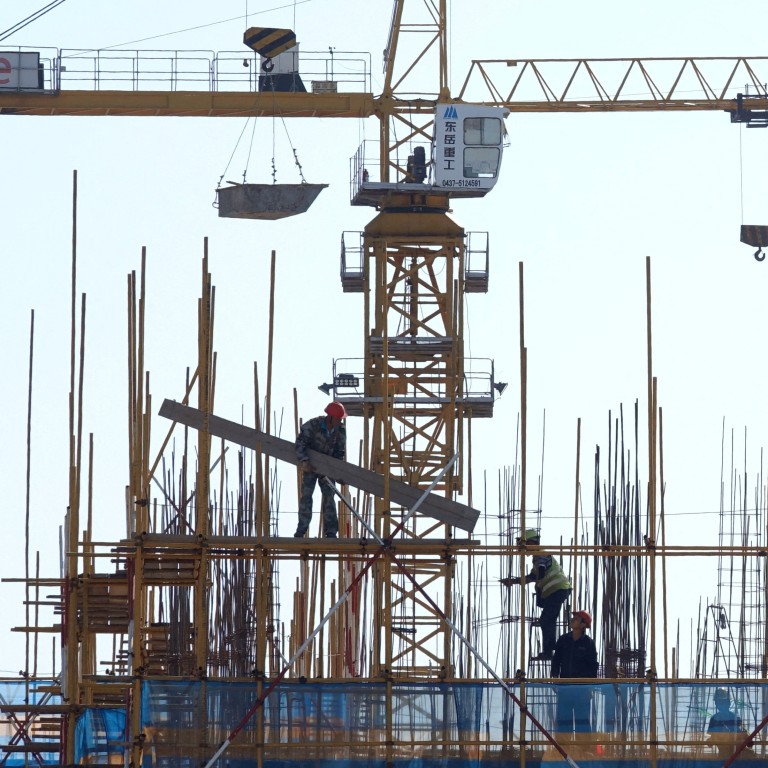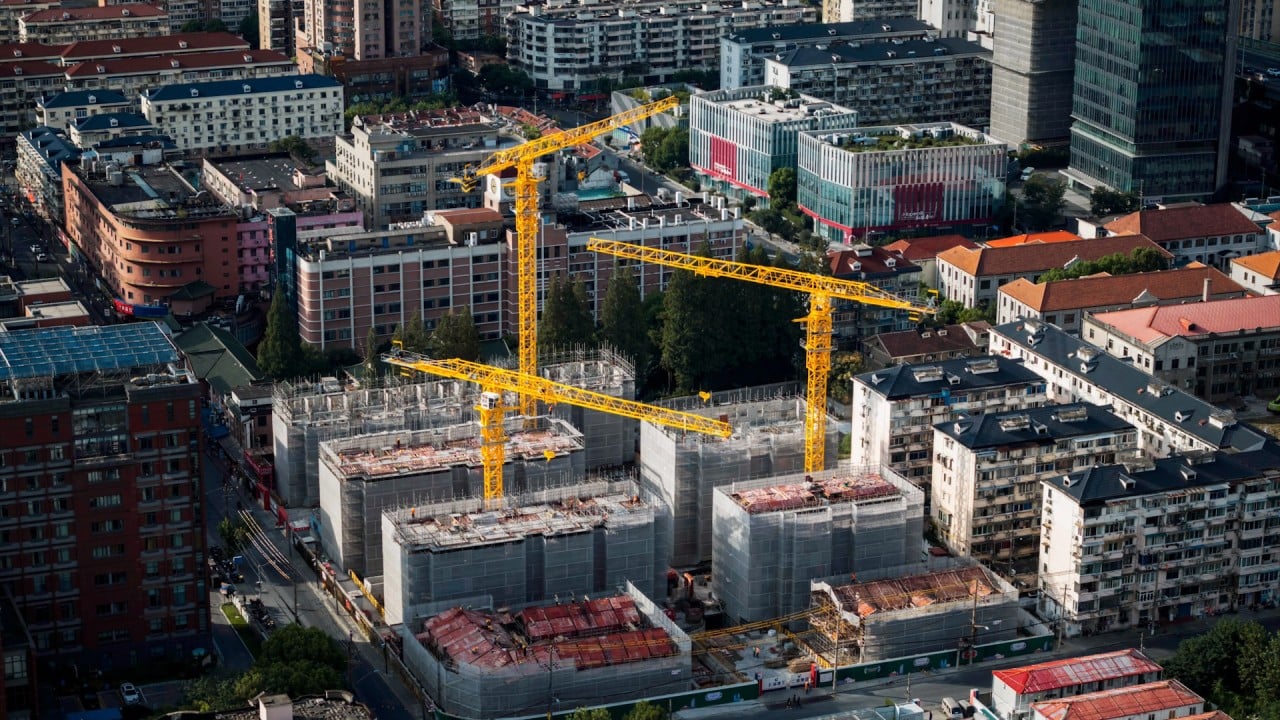
Explainer | China’s financial-crisis defusing tools see biggest test in a quarter century
- From intentionally setting up ‘bad banks’ in the ’90s to more recent bank takeovers, Beijing has a deep bag of policy tools to make economic repairs
- Defusing debt crises often comes with long-term financial risks, and China’s past debt-inducing measures still haunt the nation’s economy today
China has long been proud of its ability to avoid financial upheaval like that seen in the US over the past three decades, as staving off such confidence-crippling crises is one of Beijing’s prime dictates.
Now, with the state banking system being increasingly tested by the nation’s property-market woes and local-government debt stress, we look at what China has done to mitigate the fallout, and what it has done in the past.
Establishment of big four ‘bad banks’: Late 1990s
The ironhanded premier’s solution was to split bad loans held by state-owned banks into four major asset-management companies (AMCs), sometimes referred to as “bad banks”, in 1999.
The four AMCs, including China Cinda, China Orient, China Huarong and China Great Wall, helped resolve the bad loans, paving the way for the restructuring of top Chinese banks and their later expansion to become the world’s largest and most profitable banks.
More needed for drastic reversal after China’s ‘mild but comprehensive’ measures
Stimulus to ward off economic turbulence: 2008
Beijing’s financial system was largely insulated, owing to its capital controls, when the global financial crisis hit in 2008.
However, as 20 million migrant workers headed home from coastal factories due to plunging export orders, then-premier Wen Jiabao implemented a 4 trillion yuan (approximately US$548 billion) stimulus package, coupled with monetary loosening.
The stimulus boosted the construction of properties, roads, railways and airports, making China the first major economy to emerge from the crisis while also being a major growth engine for the global economy.
On the other hand, China’s measures elevated the leverage ratio significantly while sowing overcapacity and debt issues that still haunt the nation’s economy today.
Debt-for-equity swaps: 2015
China rolled out a 3.2-trillion-yuan (approximately US$516-billion) debt-for-bond swap programme in 2015, in an effort to improve the transparency and structure of local government debt and reduce their interest repayment burden by 200 billion yuan.
The move was in line with a revised budget law that year – part of the country’s campaign to harden fiscal discipline for indebted municipal authorities.
Beijing also required local governments to report their debt levels and financing activities more comprehensively and accurately.
China to cut forex deposit reserve requirement to support yuan, prop up economy
Baoshang takeover and small-bank restructuring: 2018-22
China embarked on a significant de-risking campaign within its financial sector from 2018 to 2022, when targeted measures were used to enhance financial stability, minimising systemic risk and bolstering regulatory oversight.
The central bank seized Baoshang Bank in May 2019, a core part of the since-failed Tomorrow Group financial conglomerate owned by tycoon Xiao Jianhua, before it eventually filed for bankruptcy protection the next year.
China Investment Corp, the nation’s sovereign wealth fund, helped restructure troubled national joint-stock commercial bank Hengfeng, while the other Big Four state banks also participated in the restructuring of ailing small banks.
Meanwhile, many struggling small regional banks were merged into large provincial institutions in the wake of an increase in bad loans caused by coronavirus-induced economic problems.
Authorities also allowed for the local use of bond proceeds to increase the capital base of small banks.
De-risking measures: 2023
Beijing has reshuffled China’s financial regulatory regime – including by establishing the Central Finance Commission and the National Financial Regulatory Administration – to better coordinate the country’s de-risking endeavours.
Are China’s houses for speculating? Beijing lets real estate off leash
The central bank extended 200 billion yuan (US$27.5 billion) worth of relending quotas to the end of next year, to help ensure the completion of unfinished property units while encouraging more bank loans, equity financing or bond issuance to ease the liquidity crunch after the Evergrande crisis.
Meanwhile, the Politburo also announced a package of policies to defuse local-government debt risks, though details have been scarce.
AMCs continue to play an important role in Beijing’s current de-risking efforts, as small regional banks remain under increasing stress amid China’s slowing economy.
China Orient reportedly bought about 141-billion-yuan worth of non-performing assets from small and medium-sized financial institutions from 2021 to June. In the first half of this year, China Huarong bought 23.4 billion yuan worth of non-performing assets from small and medium-sized banks.


